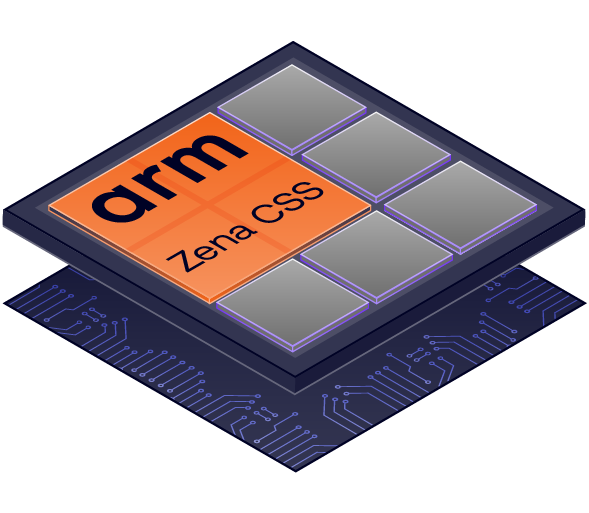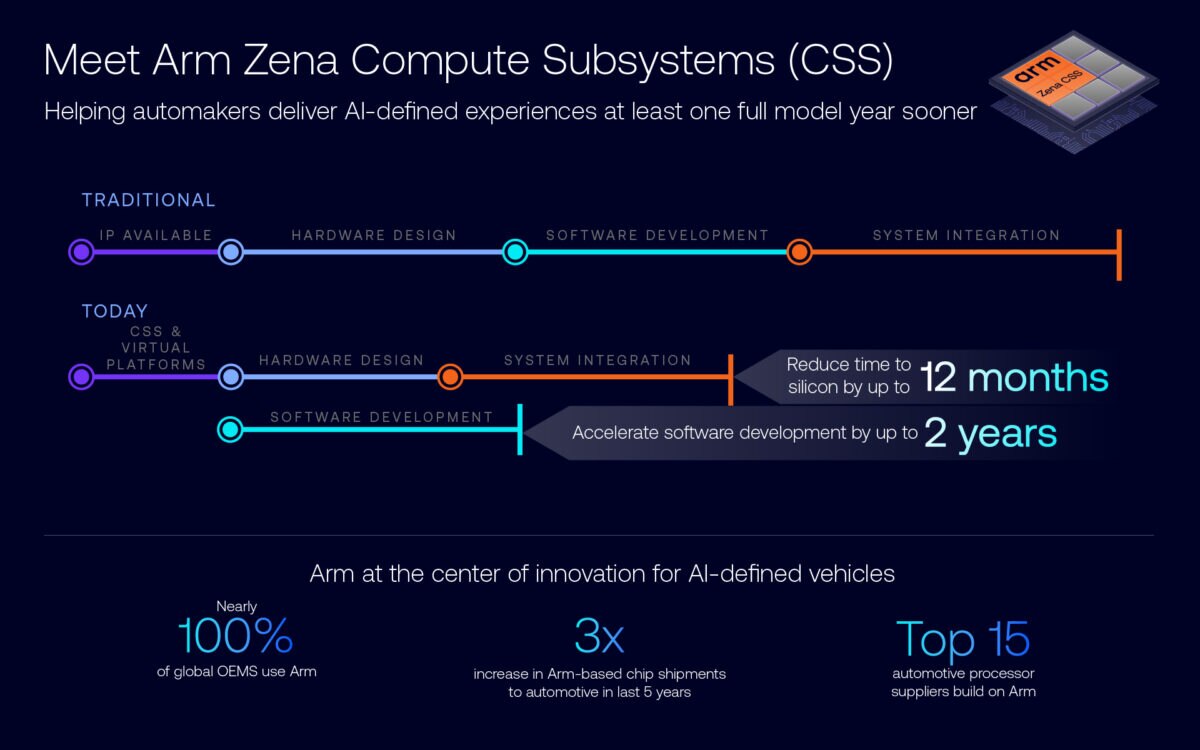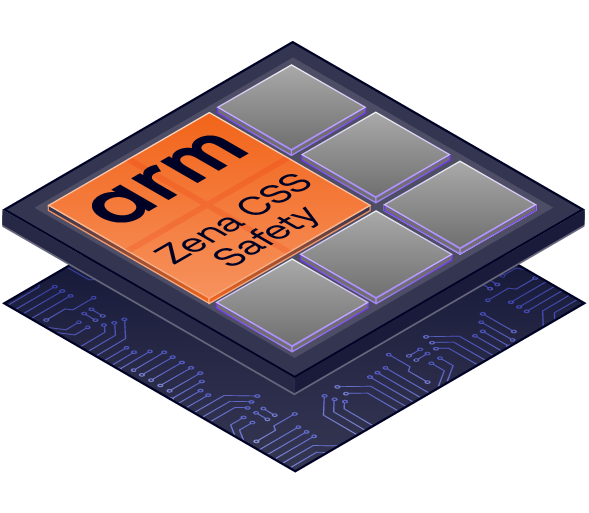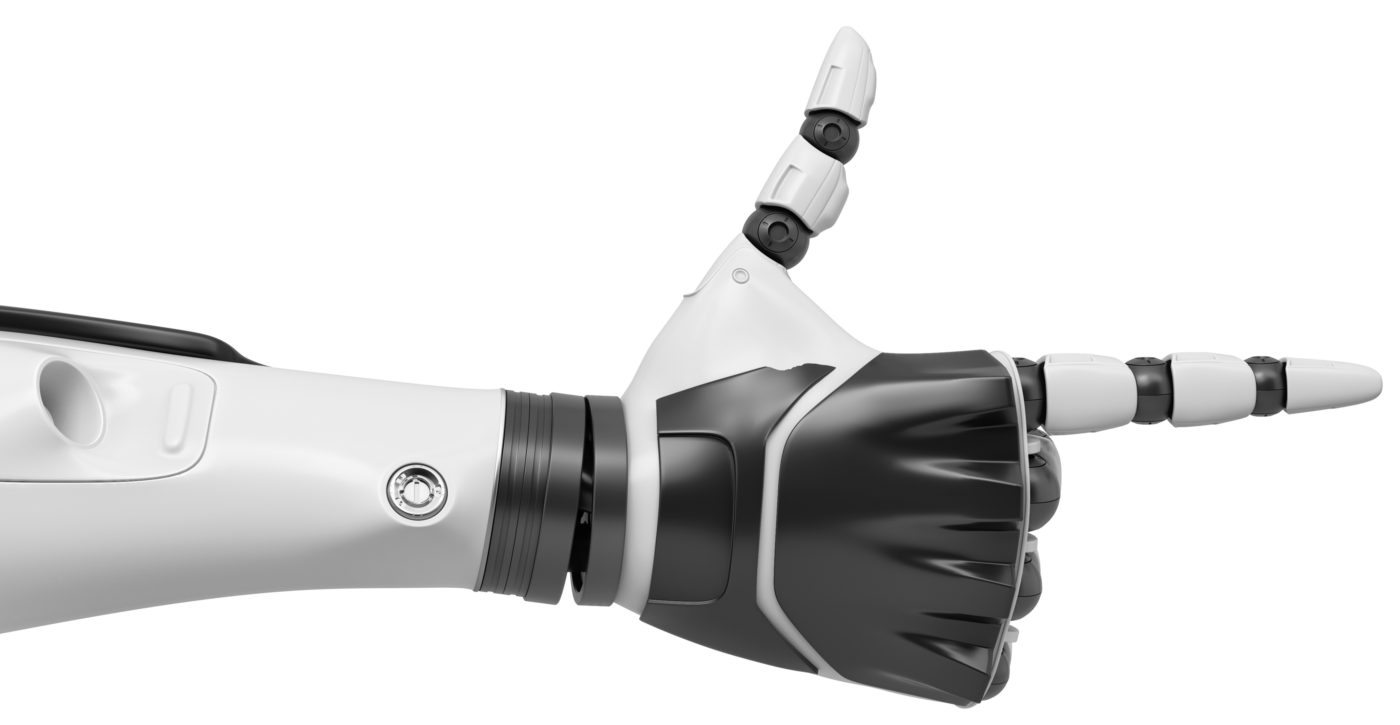Inside Arm Zena CSS: The Compute Platform for AI-Defined Vehicles

Across the automotive industry, vehicles are becoming more intelligent, connected, and AI-defined. Capabilities like real-time driver monitoring, predictive maintenance, and adaptive in-vehicle infotainment (IVI), that were once limited to premium models, are quickly becoming the standard across all tiers of new vehicles. At the same time, automotive development complexity continues to grow, with tighter timelines, evolving safety requirements, and increasing demands for scalable compute.
Automakers and silicon providers require a compute platform that’s modular, safety-capable, software-ready and provides high levels of performance and power-efficiency, while also reducing integration risk and shortening development timelines across vehicle programs.
With nearly every global OEM today relying on Arm’s foundational technology, we are perfectly placed to deliver the compute platform for the next era of automotive – the AI-defined vehicle – through our Compute Subsystems (CSS) for Automotive named Arm Zena CSS.
Announcing a new integrated CSS to cut silicon development cycles
Our first-generation Zena CSS is a standardized, pre-integrated and pre-validated compute platform based on the latest, proven Armv9 Automotive Enhanced (AE) technologies. It brings together verified, low power, high performance IP, a dedicated Safety Island and Runtime Security Engine, reference firmware, and software support into a complete CSS that is ready for silicon implementation. This comprehensive solution gives automakers the confidence to move faster, reduce costs and risk, and deliver more differentiated, intelligent vehicle experiences, from concept to production.
In an industry where vehicle development typically spans three to five years, Zena CSS helps to significantly reduce timelines for both hardware and software delivery. Now, as the industry moves towards the AI-defined vehicle — where intelligence is distributed across domains, and features and workloads are continuously updated over-the-air and then executed at the edge — Zena CSS provides the unified foundation for scalable, safety-capable compute enabling automakers to keep pace and enable innovation at scale.

Each subsystem includes the following components and features:
- High-performance compute with a 16-core Arm Cortex-A720AE CPU cluster;
- CPU coherency and chip-to-chip IO connectivity provided by CMN S3AE;
- Safety Island with real-time processing using Arm Cortex-R82AE;
- Runtime Security Engine for secure over-the-air updates;
- System-wide security and root-of-trust enabled by Arm TrustZone;
- Verified Register Transfer Level (RTL) and reference firmware;
- Optional Graphics Processing Unit (GPU) and Image Signal Processing (ISP) integration powered by Arm Mali-C720AE and Mali GPU; and
- Support for easy integration of accelerators and partner-specific logic to meet evolving workload demands for advanced, AI-capable SoC design.
Through the pre-integration of these hardware and firmware components, Zena CSS cuts silicon development cycles by as much as 12 months when compared to building from discrete IP. Zena CSS scales from IVI to central compute and Level 2+ Advanced Driver Assistance Systems (ADAS), giving automakers the flexibility to deploy across multiple vehicle lines and performance tiers without reinventing the compute stack or starting from scratch on safety certification. Moreover, the pervasive Arm compute architecture means the automotive ecosystem can reuse and port many elements of their software, including firmware, middleware, operating systems and even applications, across differentiated Zena CSS-based SoCs from different vendors.

Reduce cost and complexity across vehicle programs
Zena CSS can help to reduce the overall engineering burden, both upfront and over time. This is especially important to the automotive industry where timelines are tight and feature sets are continuously expanding. Zena CSS provides the following benefits to reduce costs and complexity during the development process:
- Up to 20% reduction in silicon engineering effort required versus traditional IP based designs, freeing up teams to focus on differentiating capabilities tailored to AI-defined vehicle workloads; and
- Up to 30% reduction in porting effort from platform to platform through software standardization, saving software development time and costs.
This leads to an overall lower total vehicle platform development cost, with the consistent Arm architecture providing the ability to scale across ADAS, central compute, and IVI use cases for both monolithic and chiplet-based silicon designs.
Trusted by the industry, built for functional safety
Alongside the built-in security and safety capabilities of Arm’s latest AE technologies already deployed across automotive markets, Zena CSS integrates dedicated safety and security hardware into the subsystem, including a Safety Island and Runtime Security Engine. These safety-capable, pre-verified hardware components have architected connectivity with the main compute core cluster of Zena CSS, delivering features like secure boot, support for fault detection and management, while helping to reduce costs and certification timelines.

Through the integration of a dedicated Cortex-R82AE powered Safety Island, Zena CSS can be deployed across key safety-critical use cases, including ADAS and domain controllers. It also provides the software ecosystem with the freedom to innovate and differentiate on top of a proven, secure foundation, while supporting software reusability and portability for faster deployment.
Develop earlier, deliver sooner with Virtual Platforms built on Arm
Following last year’s IP-focused virtual platforms, Arm’s partners, including Cadence, Siemens and Synopsys, are launching new CSS-level virtual platforms to support Zena CSS. Virtual platforms are a proven path to smoother integration and a faster time-to-market, especially in safety-critical domains. This allows engineering teams to begin hardware/software co-design and validation well ahead of silicon availability, accelerating development cycles by up to two years. For the AI-defined vehicle, developers can use virtual platforms to validate AI workloads and edge inference behavior in realistic simulations.
Combining RTL emulation with virtual platforms means that automakers can establish trust with the Zena CSS compute architecture before the silicon is available, which helps to reduce risks and costs. Meanwhile, the ISA parity of the Armv9 architecture from cloud to edge supports seamless software testing in the cloud before deployment in the car, accelerating the development and verification of silicon and software solutions.
Fully integrated standards-based firmware and SOAFEE Blueprints
Zena CSS is designed to support open, scalable software development for modern and future automotive applications. We are making Zena CSS reference firmware available across the ecosystem, with each ingredient, like safety and security, pre-verified and fully integrated.
Zena CSS is tightly aligned with Scalable Open Architecture for Embedded Edge (SOAFEE), with the SOAFEE community developing Blueprints that are enabled and built for the CSS. These are designed for real-world automotive scenarios, including the Autoware Open AD Kit Blueprint to accelerate autonomous driving capabilities, DENSO’s latest Blueprint for mixed-criticality safety requirements, and Panasonic Automotive Systems’ Blueprints for developing and deploying digital cockpit and IVI solutions.
The SOAFEE Blueprints seamlessly work on top of Zena CSS thanks to Arm SystemReady, our certification and compliance program, and other industry standard APIs that give automotive OEMs true flexibility in their software decisions. In fact, there will be new automotive extensions to Arm SystemReady fully available to the ecosystem at the end of 2025, helping to ensure that operating systems and software stacks for automotive applications work seamlessly across different hardware.
By providing standards-based firmware and software on top of Zena CSS, we are delivering a full-stack solution that allows the software ecosystem to build on and create differentiated applications across automotive markets. This also supports software reusability and portability for faster application and feature deployment across platforms. Through this pre-built ecosystem for Zena CSS – where SOAFEE has played a vital role – we are reducing effort and risk for all our automotive partners.
Designed for the future AI-defined vehicle
The shift to AI-defined vehicles is already underway. From real-time sensor fusion to natural language processing in the cabin, AI is now a core capability across every domain of the modern vehicle. However, as these intelligent features evolve, they bring a new set of challenges: heterogeneous compute requirements, real-time inference at the edge, and continuous, AI and software-driven updates at scale.
Automotive is no longer defined by hardware alone — it’s shaped by intelligent systems that can learn, adapt, and improve over time. Zena CSS is built for this transformation, enabling scalable performance, commercial differentiation, streamlined integration, and software portability for the AI-defined vehicle era. Backed by a rich ecosystem of partners, virtual platforms, and open standards, Zena CSS provides the foundation to move faster, and deliver smarter vehicles at scale with confidence.
The future of automotive is AI-defined. The automotive compute platform is built on Arm.
Any re-use permitted for informational and non-commercial or personal use only.













